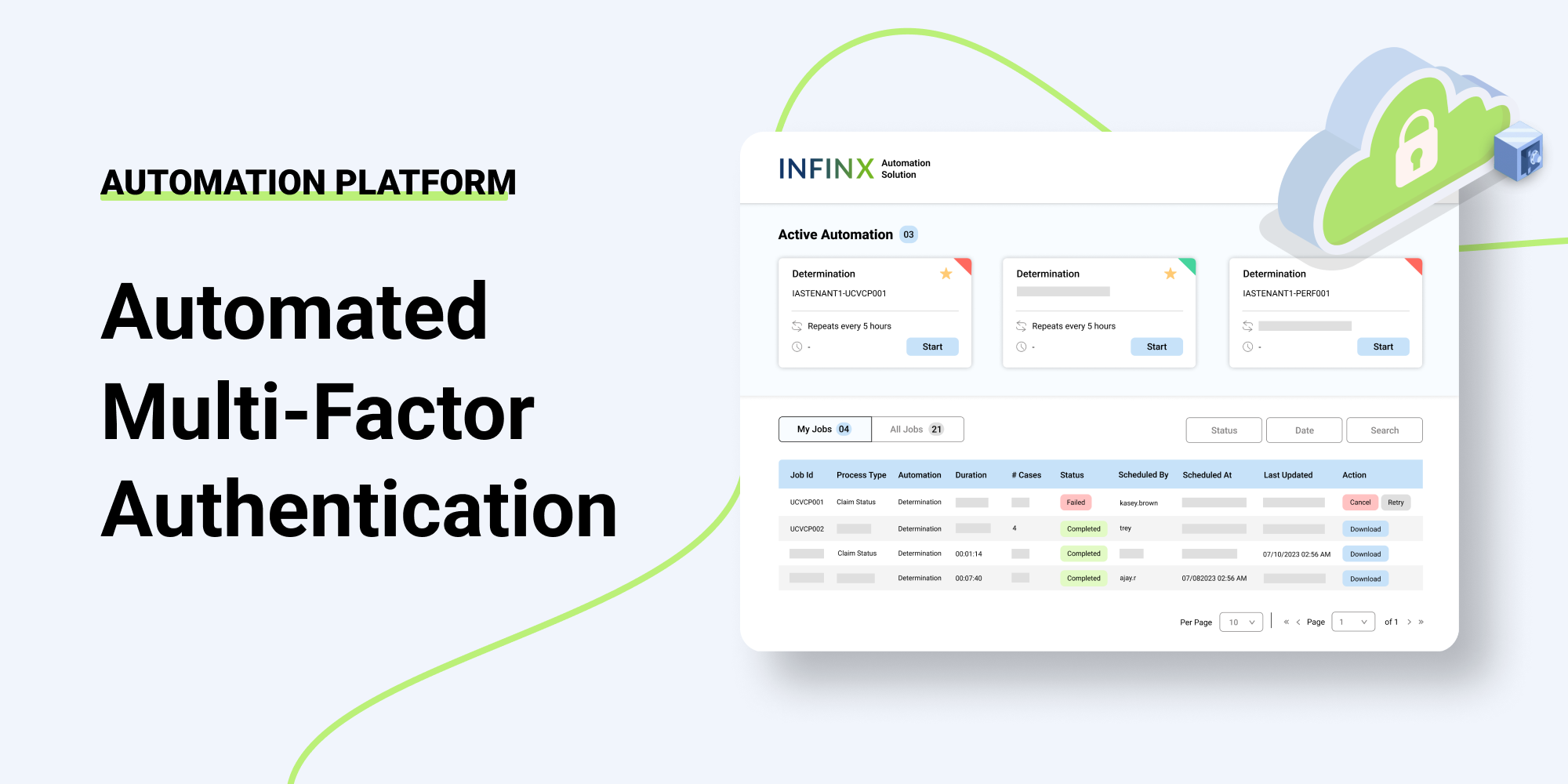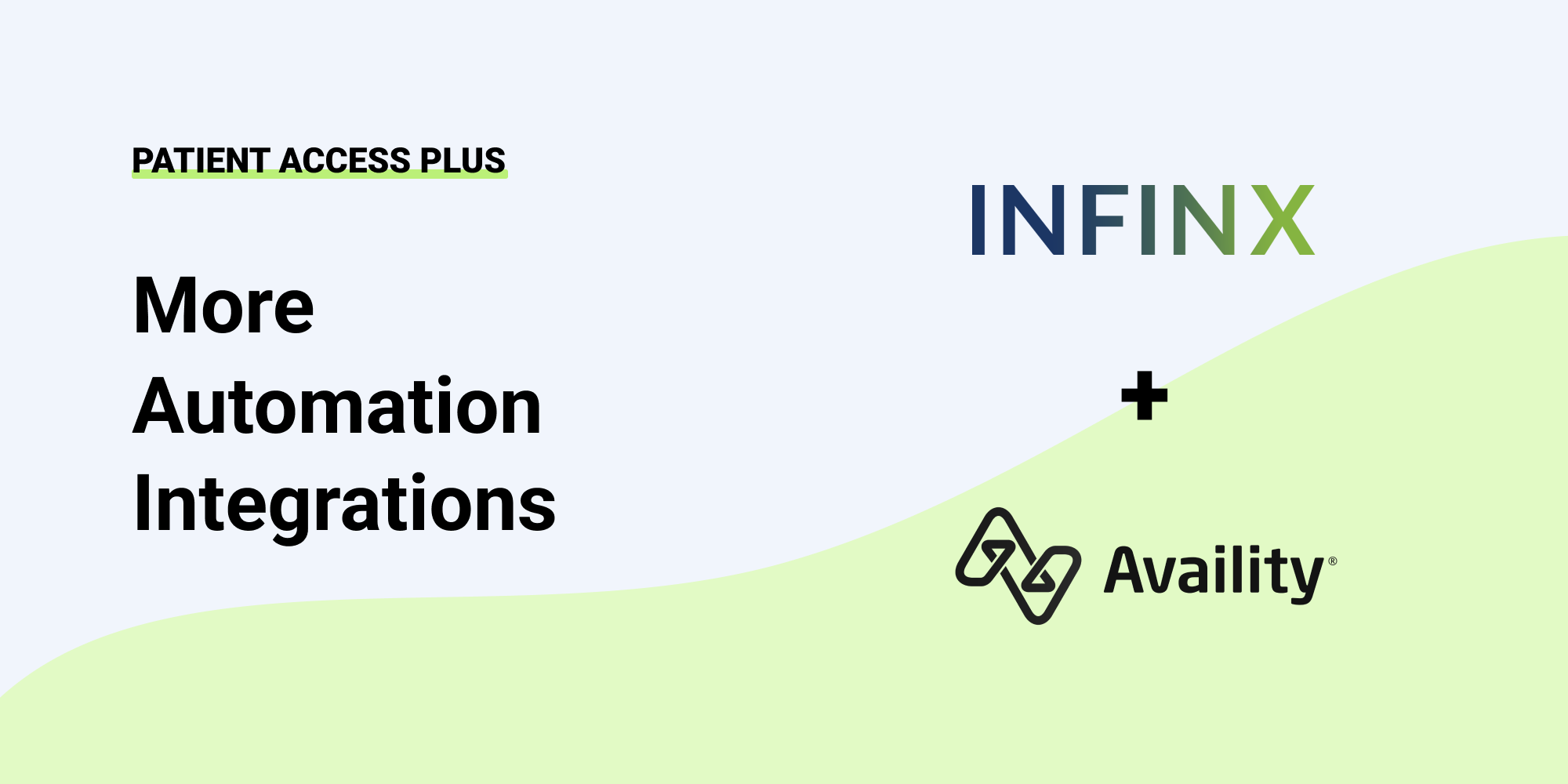Every year, health insurers and benefits managers are increasing the number of prior authorizations required for prescription medications and in some cases are requiring step-therapy protocols. Many stakeholders believe that prescription prior authorization tasks should not delay care, interrupt it or divert resources away from patients and they are ready to fight for it. In this blog, we review what is involved, who is spearheading the change process, and what this means for pharmacists.
The Complexities of the Pharmacy Prior Authorization Process
An article in Pharmacy Times detailed what is involved in the pharmacy prior authorization process (PA), shedding light on the complicated PA prescription process:
- Managed care organizations use PA to ensure the medication is “appropriate and necessary.”
- Each health plan has lists of medications that require prior authorization. These can differ within each insurance company according to the specific health plan in which the patient is enrolled. Neither a pharmacist nor a physician can predict which medications will need prior authorization.
Medication prior authorizations are required for a variety of reasons because various payers want to make sure that:
- Less expensive drugs have been tried first (and failed).
- The drug matches the diagnosis.
- Both provider and patient know the risks of the medication.
- The patient understands how to comply appropriately with the treatment plan using the drug.
- The drug is new and expensive.
- The drug is not usually prescribed for the patient’s age or gender, or in the dosage or quantity requested by the physician.
Stakeholders Band Together to Address Prior Authorization
The entire pharmacy prior authorization process has become so onerous that the American Medical Association and 16 physician, hospital and patient organizations have banded together to fight It. They developed a series of principles and requested that utilization management programs follow them for medical and pharmacy benefits. We couldn’t agree more. It’s time to take control of pharmacy prior authorization processes to the extent possible, for the benefit of your patients.
The Academy of Managed Care Pharmacy position paper on prior authorization includes one statement that is either enlightening or discouraging, depending upon your point of view. In either case, it states how intractable the process is for pharmacy prior authorization:
Each managed care organization develops (prior authorization) guidelines and coverage criteria that are most appropriate for their specific patient population and makes its own decisions about how they are implemented and used.
Ways to Minimize Pharmacy Prior Authorization Delays
Although pharmacy prior authorizations can be exasperating, there are ways to reduce delays and ensure that proper medications get to patients as quickly as possible. Here are some of the steps you can implement to streamline the process in your practice:
Electronic prescribing:
When prescribing is part of the electronic health record (EHR) it streamlines workflow. The e-prescribing process can record the details of the medication and dosage recommended by the physician and simultaneously send it to pharmacy benefits managers(PBMs) for prior authorization and approval. Not all PBMs are fully automated, but the “Big Three” (SureScripts, CVS/Caremark, and Express Scripts) do integrate with EHRs.
Check and double-check prior authorization requirements
: Know what the patient’s individual health plan requires before sending prescriptions to the patient’s pharmacy. A comprehensive in-house prior authorization system can extract these details at the time of care, preventing denials and delays in filling prescriptions.
Establish comprehensive patient EHR:
Make sure that the patient’s EHR is complete and documents all current medications. When using EHR for prescribing functions, complete patient data will help to reduce delays.
Know required prior authorization submission channels:
Make sure your practice has an in-house prior authorization system that immediately determines how the patient’s health plan wants to receive prior authorizations; by fax, phone call, portal or email. There’s no need to fight city hall. The faster you know, and comply with, a health plan’s preferred method of submission, the quicker you can get medications into the hands of your patients.
>Be a dog with a bone:
Unfortunately, you can’t let the prior authorization process just happen on its own. You must be diligent and proactive. A dedicated staff member should follow through on all submissions and confirm every step along the way to prevent approval delays.
Fight denials:
You will have denials. It will be your responsibility to fight them in the best interests of your patients. When you receive a pharmacy prior authorization denial, submit an appeal with substantive, evidence-based, clinical information and clear data to support the request. Make it easy for the health plan to see where they went wrong.
Pharmacy prior authorizations have become the bane of a physician’s existence
However, they aren’t going to go away anytime soon. The only way to survive them is to manage the process to ensure that your patient receives essential medications. Knowing how to lasso the pharmacy prior authorization process is the only way to keep it from becoming a wild bucking bronco.


